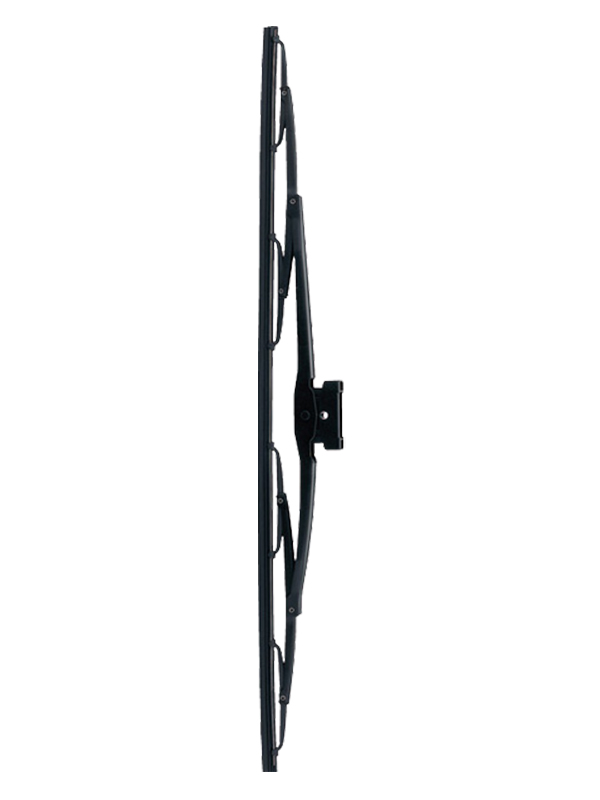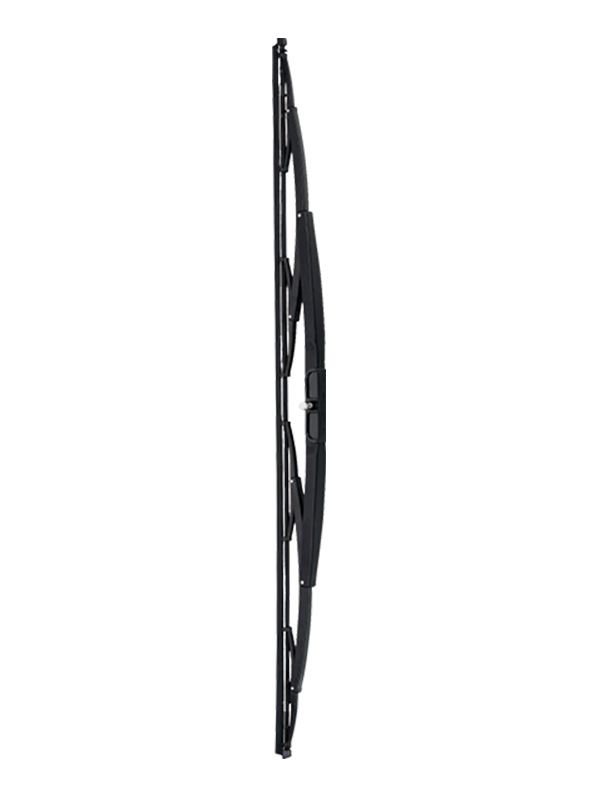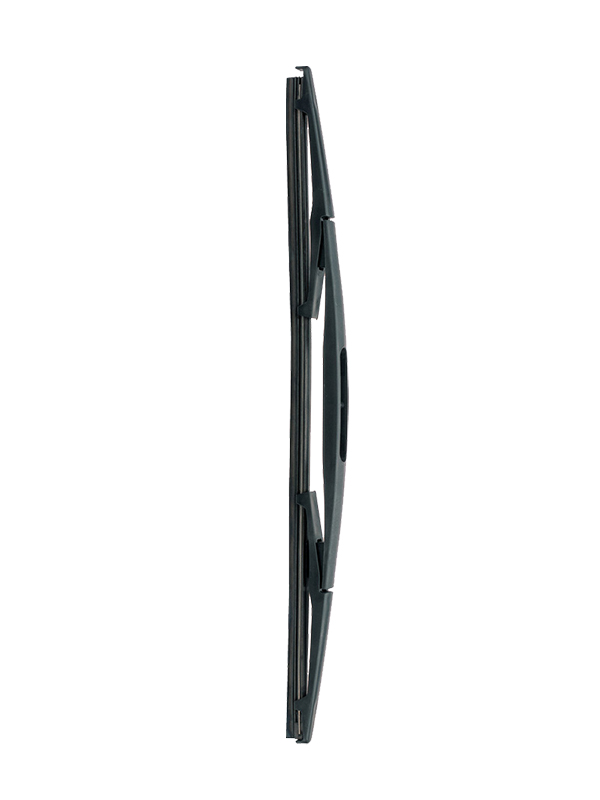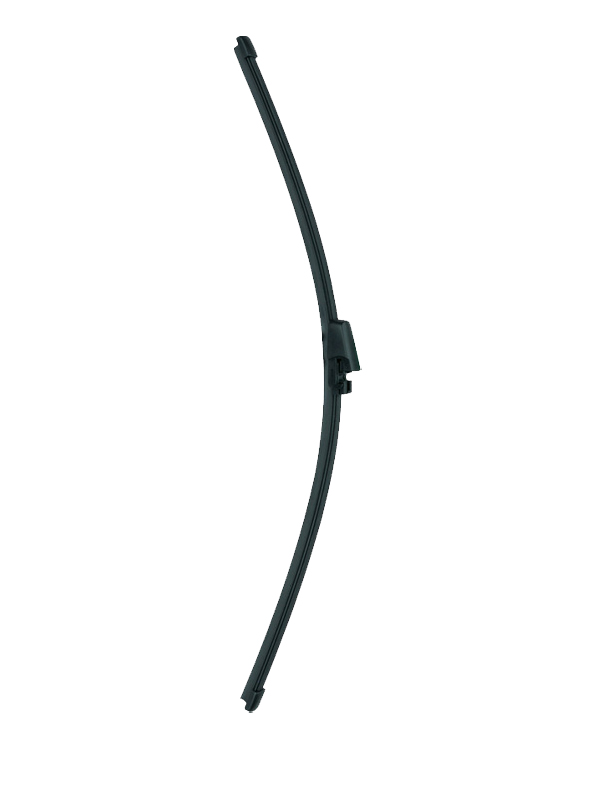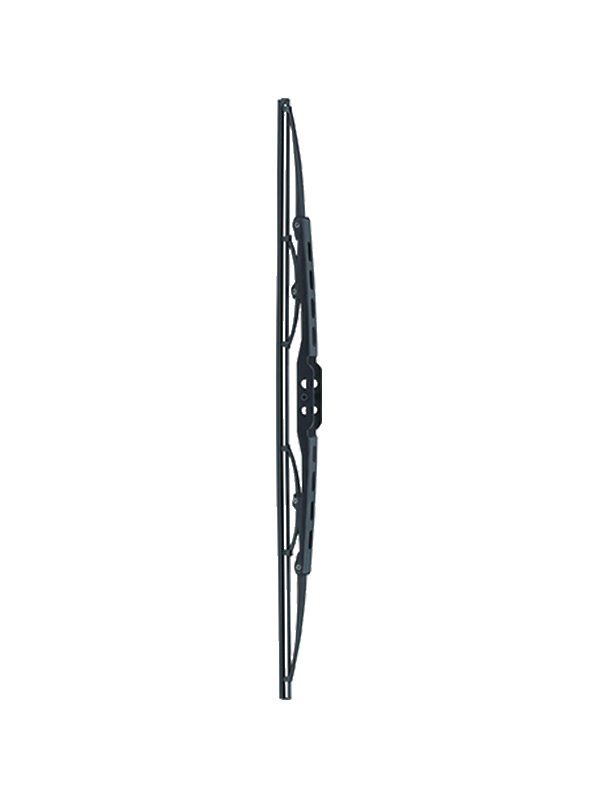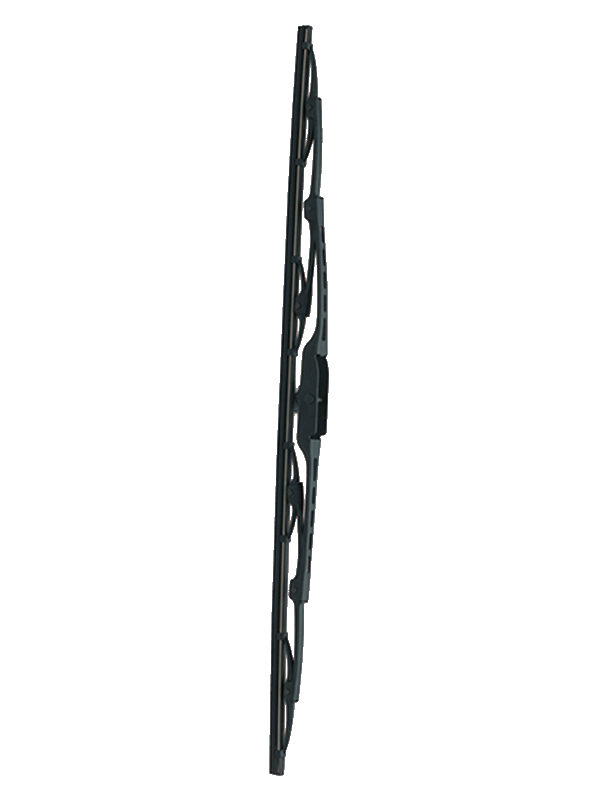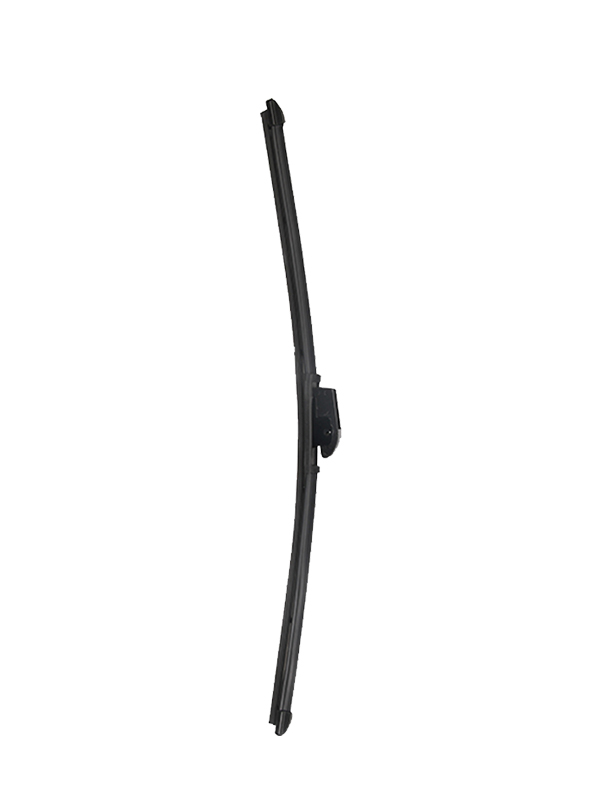Submit feedback
Saddle Type Iron Bone Wiper: Structural Design Creates Excellent Performance

As a key component that directly contacts the windshield and performs the wiping function, the durability of the wiper's rubber strip directly affects the overall service life of the wiper. When the traditional bone wiper is working, the pressure transmission relies on the metal branches in stages, and the pressure distribution of each stress point is not balanced, resulting in excessive or too little pressure on the rubber strip. During frequent wiping, the rubber strip in the area with excessive pressure will produce too high friction with the glass surface, accelerate wear, and even cause problems such as tearing and deformation; while the area with too little pressure cannot effectively clean the glass, causing the rubber strip to consume its life in ineffective work. Saddle type Iron bone wiper uses a unique saddle-shaped skeleton design to scientifically disperse the pressure applied by the wiper arm, so that the pressure is evenly distributed over the entire length of the rubber strip. This uniform pressure effect avoids excessive stress on the rubber strip locally, ensuring that its wear degree tends to be consistent during each wiping, thereby extending the effective service life of the rubber strip and reducing the frequency of replacement.
Stable structural design ensures long-term reliability of the skeleton
In addition to the rubber strip, the skeleton of the wiper is also faced with the fatigue test caused by frequent movement. In the long-term use, the traditional wiper skeleton is prone to metal fatigue and deformation due to the influence of complex road conditions, different climatic conditions and air flow disturbance during high-speed driving. Once the skeleton is deformed, it will directly destroy the pressure transmission structure of the wiper, resulting in an imbalance in pressure distribution, further exacerbating the wear of the rubber strip and the decline in wiping performance. The skeleton of the saddle type Iron bone wiper adopts an optimized mechanical structure design. Its saddle shape is not only conducive to uniform pressure transmission, but also gives the skeleton higher structural strength and stability. In the face of frequent reciprocating wiping actions, the structure can effectively disperse stress, reduce the local force concentration of metal parts, and reduce the risk of skeleton deformation. Even in complex working conditions, the skeleton of the saddle type Iron bone wiper can still maintain good shape and mechanical properties, continuously and stably provide reliable support for the rubber strip, and ensure the long-term normal operation of the wiper.
Comprehensive use benefits brought by improved durability
The double improvement of the durability of the saddle type Iron bone wiper in the rubber strip and skeleton brings significant comprehensive use benefits. From the perspective of economic cost, the extension of the rubber strip replacement cycle directly reduces the user's maintenance cost and reduces the capital investment caused by frequent replacement of wipers. The stability and durability of the skeleton also avoids the replacement of the entire wiper assembly due to skeleton damage, further saving maintenance costs. From the perspective of user experience, long-lasting and durable wipers can always maintain stable wiping performance, without worrying about problems such as incomplete wiping and increased noise due to aging and wear of components, providing drivers with a continuous clear field of vision and a quiet and comfortable driving environment.
Long-lasting and durable synergistic mechanism
The long-lasting durability of the saddle type Iron bone wiper is not a reflection of the advantages of a single component, but the result of the synergistic effect of uniform pressure distribution and stable structural design. Uniform pressure distribution creates a good working environment for the rubber strip and reduces its wear rate; the stable skeleton structure provides reliable protection for pressure conduction and ensures the long-term stability of pressure uniformity. The two work together to form a virtuous cycle of working system. In the long-term use process, even in the face of various complex usage scenarios and environmental changes, this synergistic mechanism can continue to play a role, maintaining the stable performance of the wiper, making the saddle type Iron bone wiper far to traditional products in terms of service life and reliability, becoming a reliable choice to ensure driving safety and enhance driving experience.


 English
English  中文简体
中文简体 

